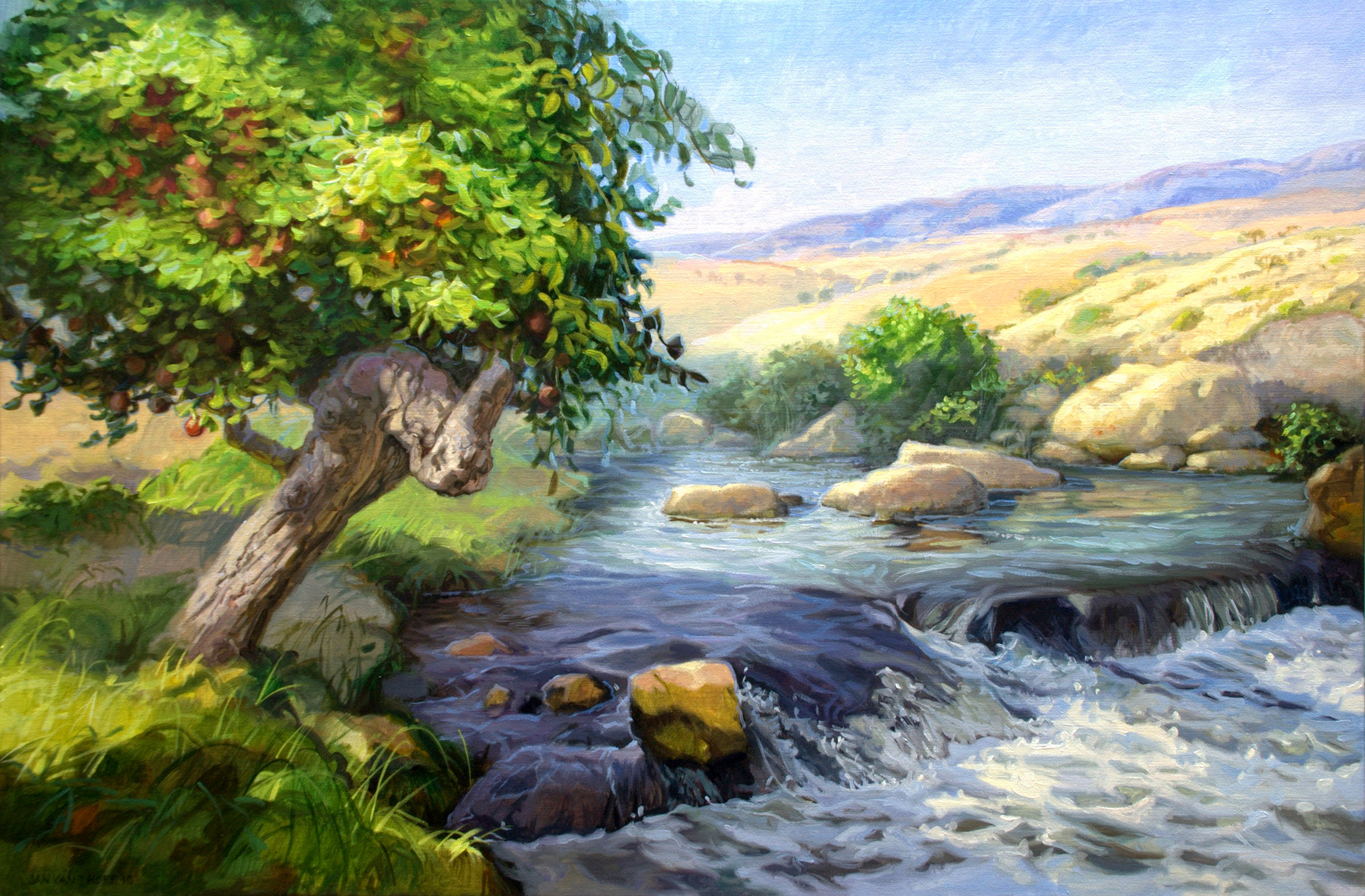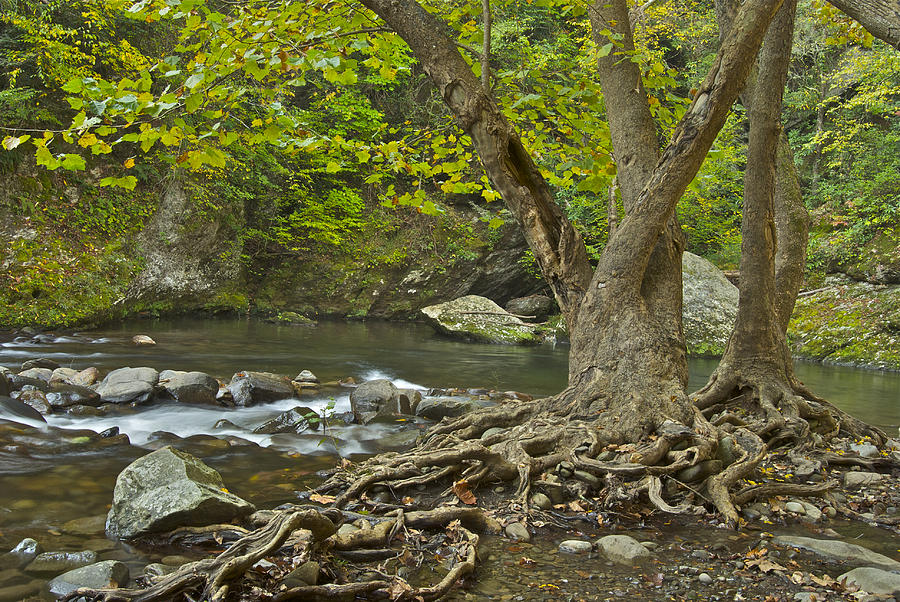The Growth Dynamics of a Tree Planted by a Stream: Insights for Success

Let’s get real about the image of “a tree planted by a stream.” It sounds idyllic and straightforward—find some water, stick a sapling in, and voilà: resilience! But here’s the honest truth, drawn from years of both literal and metaphorical digging—most people trip over the same hidden roots when reaching for stability and nourishment.

The Quiet Mistakes No One Mentions
1. Assuming Proximity Equals Nourishment
Everyone thinks any tree next to a stream will flourish. In reality? I’ve watched more than one young maple drown, its leaves yellowing by midsummer because its roots couldn’t handle constant saturation. The overlooked mistake: assuming that just “being near” a source is enough.
In life, too many folks plant themselves on the edge of opportunity or inspiration but never truly connect—like sitting through book clubs hoping for wisdom without actually doing any reading or reflection. If your roots can’t draw deep from your environment (workplace, friend circle, faith community), you’re just surviving on surface moisture.
Practical fix: Test your soil before planting. For yourself, do a gut check: are you getting what you need from this “stream,” or are you clinging to it out of habit?
2. Mistaking Busyness for Growth
A willow by a river grows because it absorbs—not simply because there’s lots happening around it. I once planted three rushes along a busy creek; two choked out from competing grasses, while the third (shielded by rocks) thrived quietly.
The unseen blunder? Believing that activity equals progress. I see this all the time: parents shuttling kids between lessons with no downtime; entrepreneurs chasing every networking event but never reflecting on their purpose.

Solution: Protect your space—literal or mental—with “rocks.” For trees: use mulch and barriers; for yourself: block nonessential tasks so real nourishment isn’t crowded out.
3. Ignoring Seasonal Droughts Until It’s Too Late
Back in 2019, we had an uncharacteristically dry spring by our local stream. Everyone expected established trees to power through—but several mature birches lost limbs after weeks without rain. Their roots hadn’t learned (or needed) to go deep until disaster struck.
People make the same error emotionally: coasting during good times without building deeper connections or habits for dry spells. When hardship hits—a breakup, health scare—they scramble for help that isn’t well-rooted.
Counterintuitive advice: Simulate small droughts now and then. Let yourself miss a favorite comfort (social media break, solo night in) to test what else sustains you when easy sources run low.

4. Choosing the Wrong Stream Out of Comparison
Here’s something almost nobody admits: plenty of us try planting our identity right where someone else seems to be flourishing—whether that’s adopting their routines or seeking affirmation from their sources (“If yoga works for them…”). In my first years gardening riversides, I tried coaxing red oaks into soggy ground because my neighbor swore by them—they all fizzled by year two.
The quiet mistake? Borrowing someone else’s stream instead of finding your own fit.
What works: Observe what really restores you—not what looks good on paper or Instagram stories. Your nourishment might be podcasts rather than group hikes; poetry readings over happy hours.
5. Neglecting Root Health While Obsessing Over Visible Growth
Most beginner planters—and quite a few leaders I’ve coached—pour everything into appearances (“lush leaves,” “public wins”) while ignoring root structure beneath. When storms come (and they always do), shallow-rooted successes topple fast.
Trees build resilience mostly underground; so do people and teams.

Real fix: Schedule time specifically for invisible growth—quiet journaling sessions, one-on-one mentoring coffees rather than large meetings, soil amendments rather than fertilizer spikes.
Real Conversations That Changed My Approach
Last May at our community planting day, an eighth grader named Luis asked why his seedling kept leaning towards the river even though he staked it perfectly straight. His friend joked it was “thirsty for gossip.” But when we dug an inch deeper together, we found compacted gravel blocking half the roots—a silent struggle beneath clear water access aboveground.
That conversation stuck with me: how often do we look stable but secretly fight unseen obstacles? How many times have I assumed others are thriving just because they’re close to potential support?
Costly Lessons Learned (So You Don’t Have To)
- One failed willow ($35), lost to beaver gnawing because I skipped fencing
- Three hours wasted clearing brush instead of testing soil drainage first
- Weeks spent feeling depleted until I realized my own “stream” was solitary reading time—not team brainstorms
Every mistake taught me this isn’t about perfection; it’s about curious troubleshooting and honest self-checks before pretending everything is lush aboveground.
Simple Next Steps Most Skip (But Shouldn’t)
- Audit Your Streams – Make a list tonight: What genuinely replenishes you? Score each outlet from 1–10 based on last month’s experience.
- Choose One Tiny Protection – Whether it’s tree guards against rabbits or calendar blocks against interruptions.
- Talk About Hidden Roots – Start one honest conversation this week about what keeps you going when things get rough.
- Set Up a Resilience Drill – Try going one weekend without your main comfort source and notice what other supports surface.
- Document Your Progress Visibly – Snap photos monthly of your literal tree—or jot down small resilience wins—to remind yourself growth is rarely linear but always possible with steady care.
Remember: flourishing as “a tree planted by a stream” is less about luck and more about learning from every quiet mistake no one else confesses aloud—and having the courage to tend both visible branches and hidden roots with equal commitment



